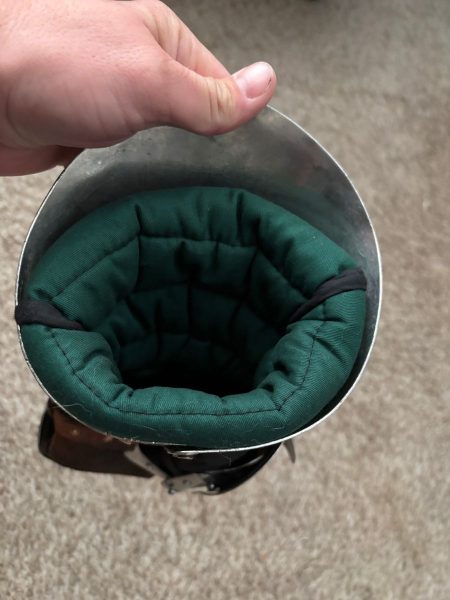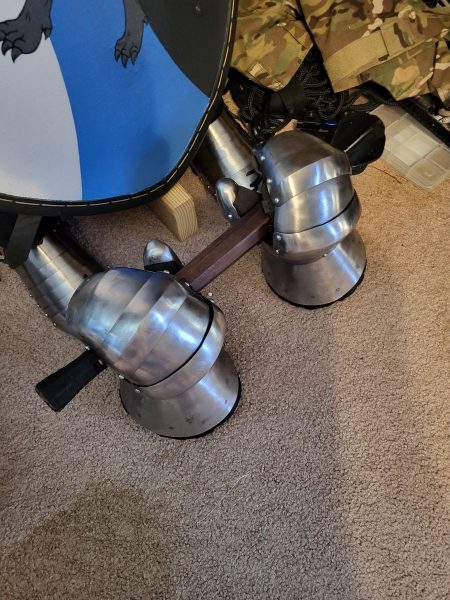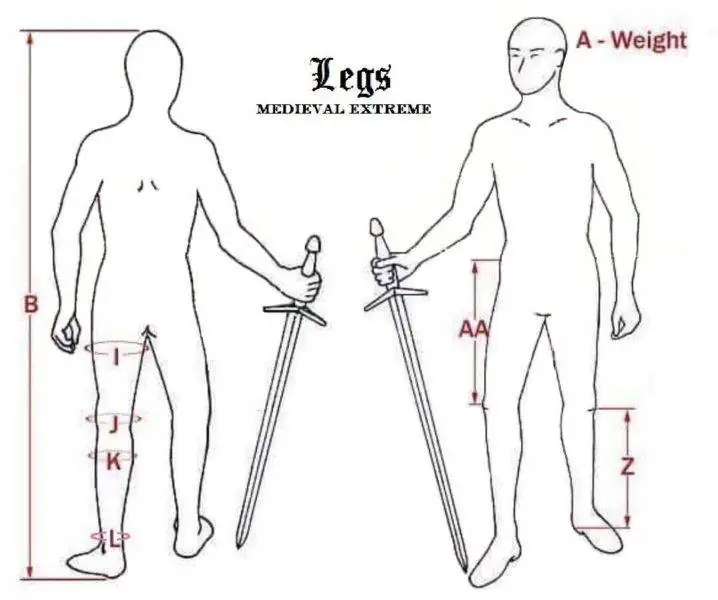Description
The segmented tassets for medieval combat are joint protection designed as additional upper hips protection.
The model consists of 3 plates that are overlapped. So the armor has more protection area and can withstand more powerful hits.
The items include 2 segmented tassets.
Specifications:
- Width 26 cm
- Height 24 cm
- Weight 700 g/pair (for titanium)
Plates are made of strong material – titanium or hardened spring steel. The segmented tassets for medieval combat are curved and made to be stitched to your gambeson or brigandine.
Order and feel confident.































![Medieval boots with sabaton combo [9 segments]](https://medievalextreme.com/wp-content/uploads/2022/02/0B2858F1-F3BC-42F6-904F-6F9F475F4EB6-350x350.jpeg)




Whas missing the leather add-ons but was made very well
Fits nice and snug thanks to the adjustable straps! Edges were also rounded slightly to help reduce discomfort!
Gauntlet mits were very well made thin in palms to allow weapon grip and nice padding on top for good shock absorption.
Excellent quality as always. I keep coming back to M.E. due to their phenomenal consistency in making high quality gear.